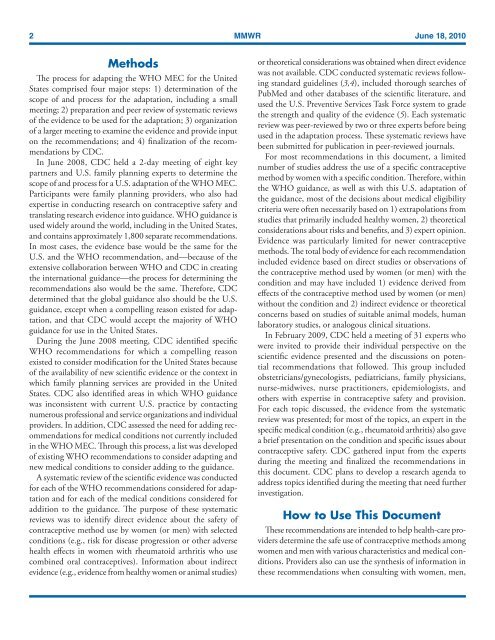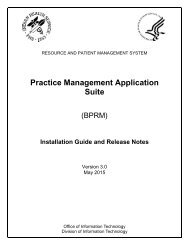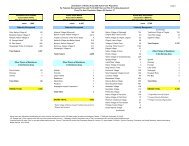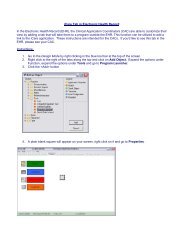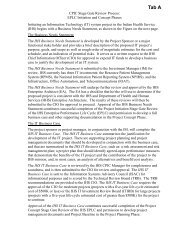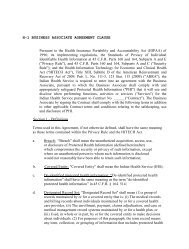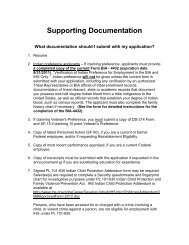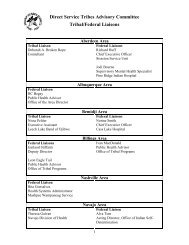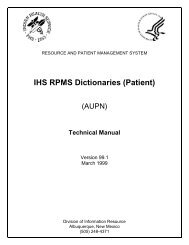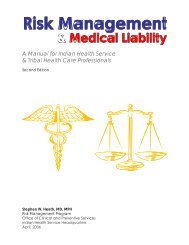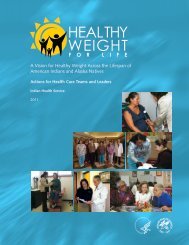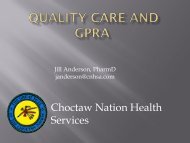CDC Article-US Medical Eligibility Criteria for Contraceptive Use, 2010
CDC Article-US Medical Eligibility Criteria for Contraceptive Use, 2010
CDC Article-US Medical Eligibility Criteria for Contraceptive Use, 2010
Create successful ePaper yourself
Turn your PDF publications into a flip-book with our unique Google optimized e-Paper software.
2 MMWR June 18, <strong>2010</strong><br />
Methods<br />
The process <strong>for</strong> adapting the WHO MEC <strong>for</strong> the United<br />
States comprised four major steps: 1) determination of the<br />
scope of and process <strong>for</strong> the adaptation, including a small<br />
meeting; 2) preparation and peer review of systematic reviews<br />
of the evidence to be used <strong>for</strong> the adaptation; 3) organization<br />
of a larger meeting to examine the evidence and provide input<br />
on the recommendations; and 4) finalization of the recommendations<br />
by <strong>CDC</strong>.<br />
In June 2008, <strong>CDC</strong> held a 2-day meeting of eight key<br />
partners and U.S. family planning experts to determine the<br />
scope of and process <strong>for</strong> a U.S. adaptation of the WHO MEC.<br />
Participants were family planning providers, who also had<br />
expertise in conducting research on contraceptive safety and<br />
translating research evidence into guidance. WHO guidance is<br />
used widely around the world, including in the United States,<br />
and contains approximately 1,800 separate recommendations.<br />
In most cases, the evidence base would be the same <strong>for</strong> the<br />
U.S. and the WHO recommendation, and—because of the<br />
extensive collaboration between WHO and <strong>CDC</strong> in creating<br />
the international guidance—the process <strong>for</strong> determining the<br />
recommendations also would be the same. There<strong>for</strong>e, <strong>CDC</strong><br />
determined that the global guidance also should be the U.S.<br />
guidance, except when a compelling reason existed <strong>for</strong> adaptation,<br />
and that <strong>CDC</strong> would accept the majority of WHO<br />
guidance <strong>for</strong> use in the United States.<br />
During the June 2008 meeting, <strong>CDC</strong> identified specific<br />
WHO recommendations <strong>for</strong> which a compelling reason<br />
existed to consider modification <strong>for</strong> the United States because<br />
of the availability of new scientific evidence or the context in<br />
which family planning services are provided in the United<br />
States. <strong>CDC</strong> also identified areas in which WHO guidance<br />
was inconsistent with current U.S. practice by contacting<br />
numerous professional and service organizations and individual<br />
providers. In addition, <strong>CDC</strong> assessed the need <strong>for</strong> adding recommendations<br />
<strong>for</strong> medical conditions not currently included<br />
in the WHO MEC. Through this process, a list was developed<br />
of existing WHO recommendations to consider adapting and<br />
new medical conditions to consider adding to the guidance.<br />
A systematic review of the scientific evidence was conducted<br />
<strong>for</strong> each of the WHO recommendations considered <strong>for</strong> adaptation<br />
and <strong>for</strong> each of the medical conditions considered <strong>for</strong><br />
addition to the guidance. The purpose of these systematic<br />
reviews was to identify direct evidence about the safety of<br />
contraceptive method use by women (or men) with selected<br />
conditions (e.g., risk <strong>for</strong> disease progression or other adverse<br />
health effects in women with rheumatoid arthritis who use<br />
combined oral contraceptives). In<strong>for</strong>mation about indirect<br />
evidence (e.g., evidence from healthy women or animal studies)<br />
or theoretical considerations was obtained when direct evidence<br />
was not available. <strong>CDC</strong> conducted systematic reviews following<br />
standard guidelines (3,4), included thorough searches of<br />
PubMed and other databases of the scientific literature, and<br />
used the U.S. Preventive Services Task Force system to grade<br />
the strength and quality of the evidence (5). Each systematic<br />
review was peer-reviewed by two or three experts be<strong>for</strong>e being<br />
used in the adaptation process. These systematic reviews have<br />
been submitted <strong>for</strong> publication in peer-reviewed journals.<br />
For most recommendations in this document, a limited<br />
number of studies address the use of a specific contraceptive<br />
method by women with a specific condition. There<strong>for</strong>e, within<br />
the WHO guidance, as well as with this U.S. adaptation of<br />
the guidance, most of the decisions about medical eligibility<br />
criteria were often necessarily based on 1) extrapolations from<br />
studies that primarily included healthy women, 2) theoretical<br />
considerations about risks and benefits, and 3) expert opinion.<br />
Evidence was particularly limited <strong>for</strong> newer contraceptive<br />
methods. The total body of evidence <strong>for</strong> each recommendation<br />
included evidence based on direct studies or observations of<br />
the contraceptive method used by women (or men) with the<br />
condition and may have included 1) evidence derived from<br />
effects of the contraceptive method used by women (or men)<br />
without the condition and 2) indirect evidence or theoretical<br />
concerns based on studies of suitable animal models, human<br />
laboratory studies, or analogous clinical situations.<br />
In February 2009, <strong>CDC</strong> held a meeting of 31 experts who<br />
were invited to provide their individual perspective on the<br />
scientific evidence presented and the discussions on potential<br />
recommendations that followed. This group included<br />
obstetricians/gynecologists, pediatricians, family physicians,<br />
nurse-midwives, nurse practitioners, epidemiologists, and<br />
others with expertise in contraceptive safety and provision.<br />
For each topic discussed, the evidence from the systematic<br />
review was presented; <strong>for</strong> most of the topics, an expert in the<br />
specific medical condition (e.g., rheumatoid arthritis) also gave<br />
a brief presentation on the condition and specific issues about<br />
contraceptive safety. <strong>CDC</strong> gathered input from the experts<br />
during the meeting and finalized the recommendations in<br />
this document. <strong>CDC</strong> plans to develop a research agenda to<br />
address topics identified during the meeting that need further<br />
investigation.<br />
How to <strong>Use</strong> This Document<br />
These recommendations are intended to help health-care providers<br />
determine the safe use of contraceptive methods among<br />
women and men with various characteristics and medical conditions.<br />
Providers also can use the synthesis of in<strong>for</strong>mation in<br />
these recommendations when consulting with women, men,


